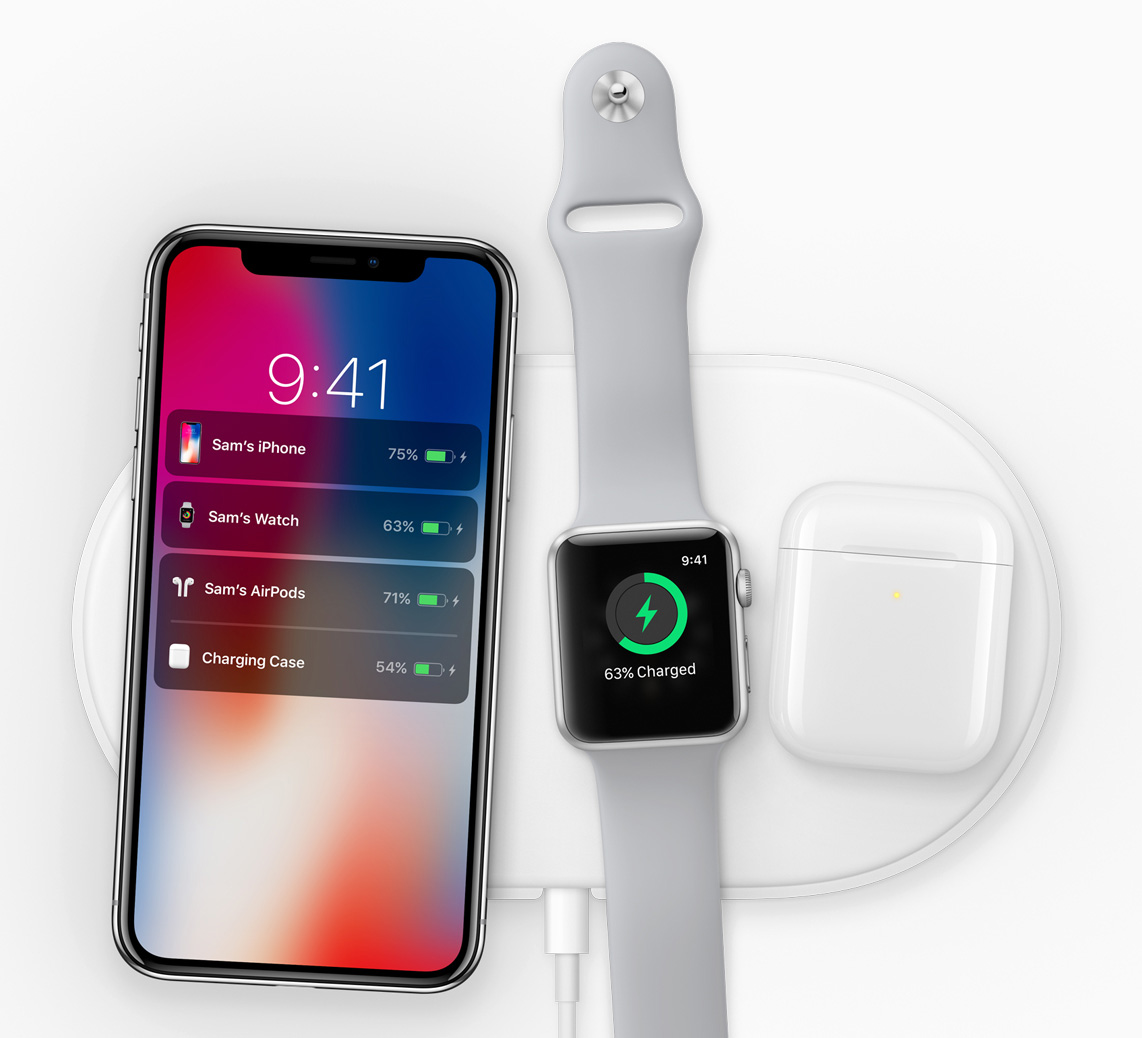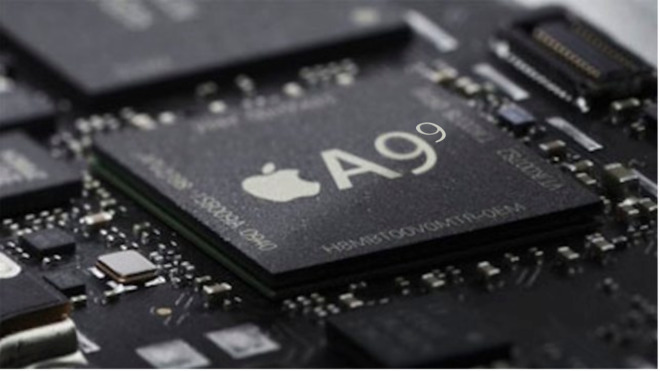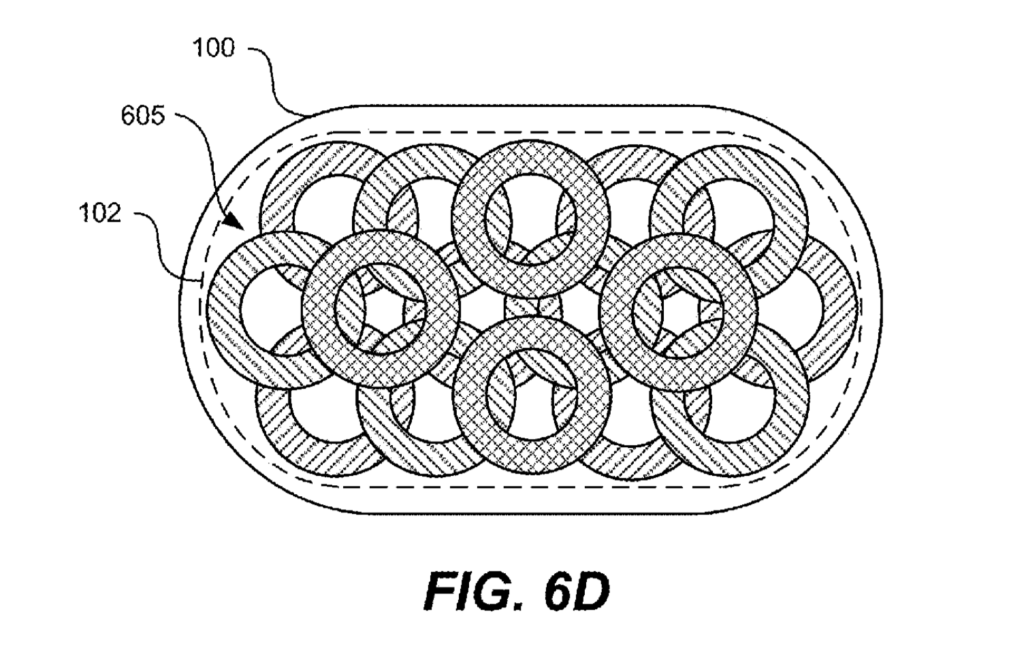6+ Apple silicon innovations for 2018
Apple’s silicon development team is having a busy year, with a host of new innovations anticipated across the rest of 2018. The team really started life in 2008 when the company acquired PA Semi. These days, this team is led by Apple’s SVP of Hardware Technologies, Johny Srouji.
2018: A-series processor
Apple’s 2018 iPhones will likely see the next iteration of the company’s self-made processor designs, the A12 chip. Apple really leads the industryin mobile processor design, with each iteration of its chip improving performance by up to 40 perent in comparison to the previous one. No one else comes anywhere near this. In 2017, Srouji explained that development of the A11 processor began in 2014, which implies the company is already developing processors for devices it doesn’t plan to ship until at least 2021 – and means Apple has a huge lead on competitors on this basis.
2018: S-series processor
Those Apple Watch chips combine application, storage, memory and modems on one tiny sealed unit. The S3 chip appeared in the Apple Watch Series 3 in 2017, which introduced LTE support.
2018: W-series processor
Apple’s W-Series chips handle Bluetooth and Wi-Fi communications and can be found in Apple Watch Series 3. 2017’s version of this processor gave us 85 percent faster connectivity and demanded half the energy.
2018: FaceID and the neural engine
The neural engine is a defined processing system within the iPhone X chip that is responsible for the image analysis that enables Face ID and Animojii. Claims currently state the company has figured out how to reduce the cost of this technology, which is expected to also appear in iPads.
2018: Health sensors
Apple develops sensors that monitor physical activity. You’ll find them most in evidence on the underside of Apple Watch, which uses a custom optical sensor to measure heart rate. The company is currently recruitingengineers to help it build more custom health and fitness sensors.
2018: T2 chip
Apple’s T2 chip further improves MacBook Pro security, handling encryption, voice recognition, audio and image processing in the Mac.
2018: Qi power
Apple may have had to delay introduction of AirPower, but it is developing chips to handle the task of intelligently recharging three different devices simultaneously.
2018: HomePod audio
Never neglect the incredibly smart proprietary silicon technologies that make HomePod systems such amazing speakers.
These 2018 improvements are joined by other Apple silicon adventure stories the company works on.

Apple’s silicon design teams are now cutting ahead of the industry in new sectors, including wireless
eSIM
Apple already makes its own embedded SIM. It is thought to be working to develop its own 5G and LTE chips to replace those it currently uses in future.
Image signal processor
Apple makes lots of different silicon components for imaging, things like the TrueDepth camera system. The Apple-designed image signal processor in the iPhone X delivers advanced pixel processing, wide color capture, faster autofocus in low light and better HDR photos
GPU and video encoders
Apple makes its own graphics processors, replacing the Imgination chips it used for so many years. These handle the graphics across all Apple’s devices, form Super Retina display to highly intelligent image reproduction systems on a per-pixel basis on Macs.
Power management
Shares of Dialog Semi fell byabouta third following late 2017 claims Apple intends replacing that company’s power management chips with its own such processors, designed in Cupertino.
Flash memory
Don’t neglect that Apple was part of the Bain Capital consortium that eventually purchased Toshiba’s memory chip businessearlier this year. This means that Apple has both grabbed itself an insurance policy to protect access to future flash memory components and has also put itself in a very strong position to innovate within the category, potentially introducing next-generation storage systems based on holographic memory.
Memory controllers
Apple purchased Anobit in 2012. This purchase bought Anobit’s advanced flash memory controllers in-house, which is why Apple’s products handle flash memory so effectively. Apple also creates battery management and storage-related silicon.
Sensors in displays
Those intelligent displays that alter brightness in reaction to surroundings use Apple-designed sensors to achieve this.
There’s more to come, of course.
We know Apple is weaving machine learning into its existing processors, so acquisitions such as January 2018’s purchase of Silicon Valley Data Science or 2017’s rich list of purchases including those of: Beddit, Lattice Data, SensoMotoric Instruments, Vrvana, Regaind, PowerbyProxi and InVisage Technologies will all have bearing on the company’s future silicon development plans. (As will the most recent Akonia Holographics buy).
Apple has proven itself to be quite prepared to invest in smaller companies in order to get hold of technologies it lacks.
“When we acquire a company they have to have a great technology that is differentiating and they have to have a great team and great leadership. When all these conditions are met, we make the acquisition,” said Srouji.
With the company also thought to be developing proprietary machine learning, networking and other silicon-based solutions, Apple’s processors have become a very important component to the company line-up.







